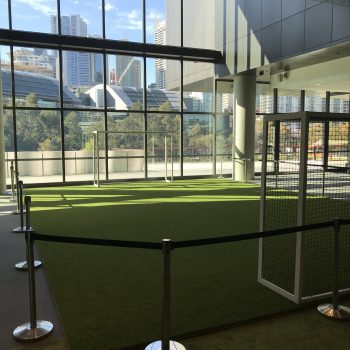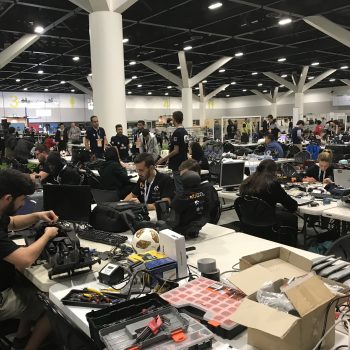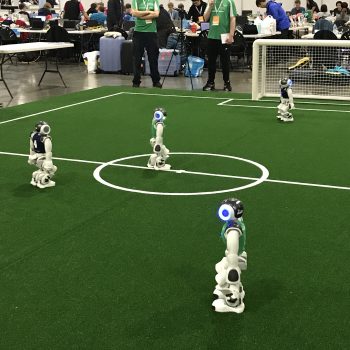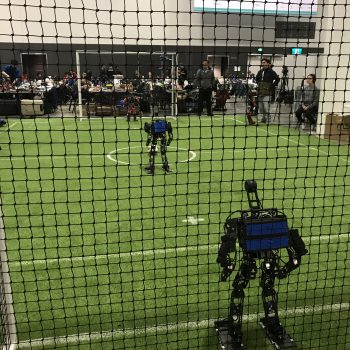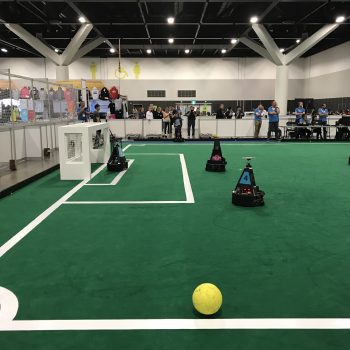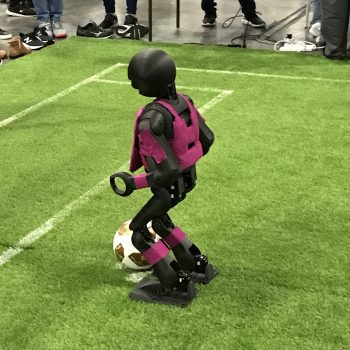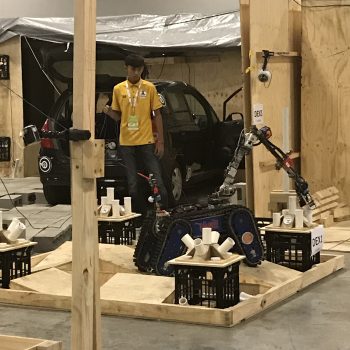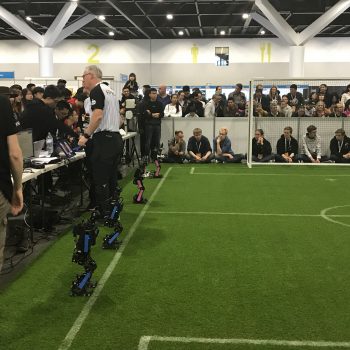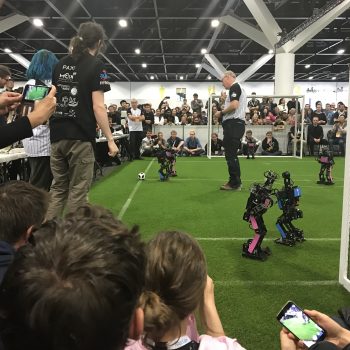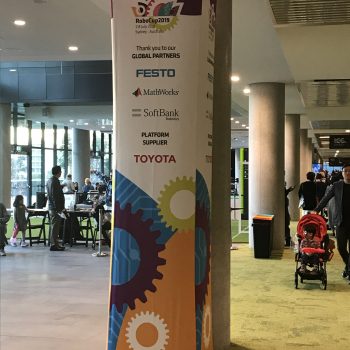
Tribotix’s Founder and Managing Director, Peter Turner, was on the Organising Committee for the 2019 RoboCup in Sydney looking after the Humanoid League (he’s in the feature picture, 4th from the left in the back row) …. this BLOG post has been put together by Peter with some of the pics that he took over the event.




